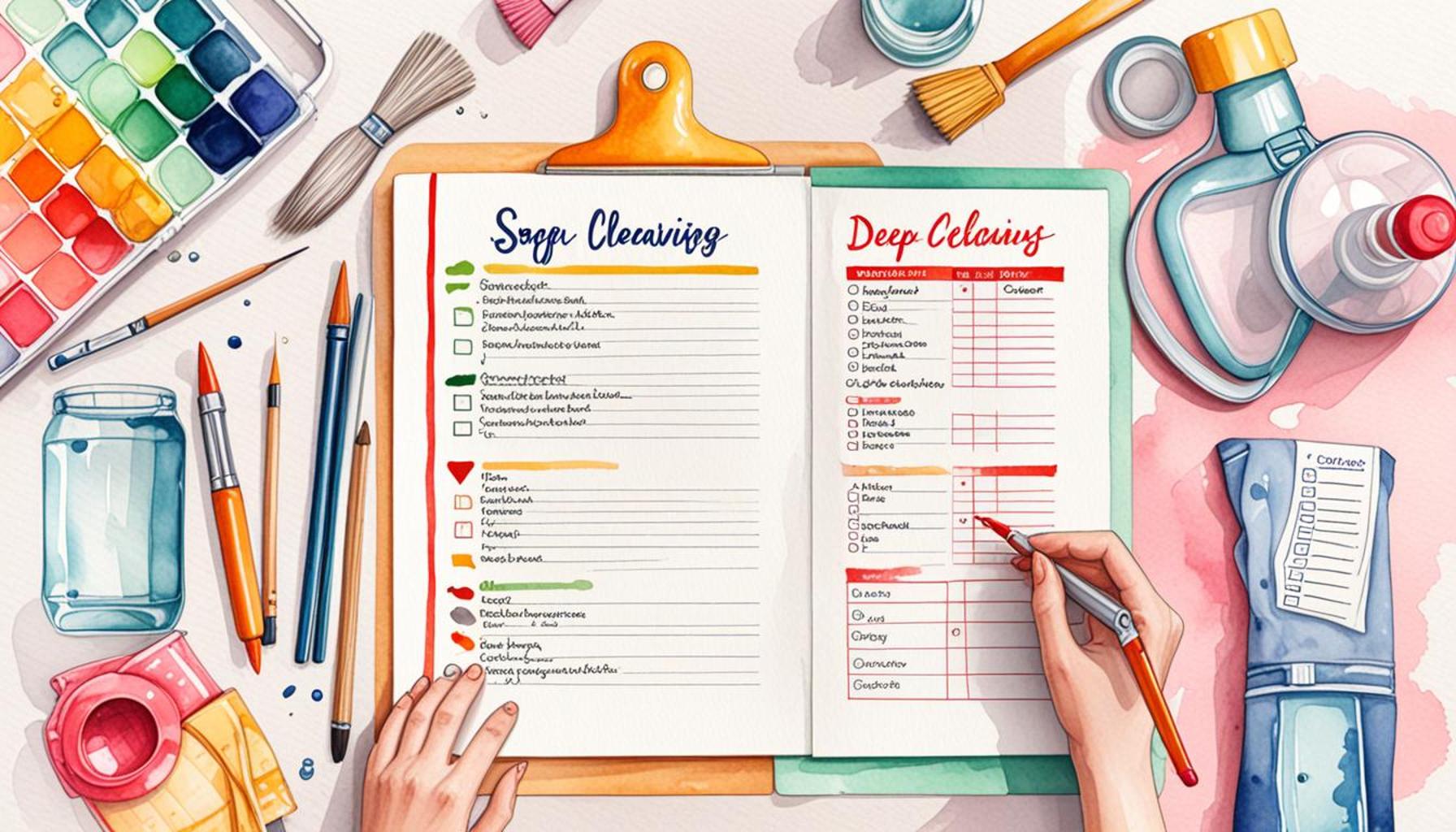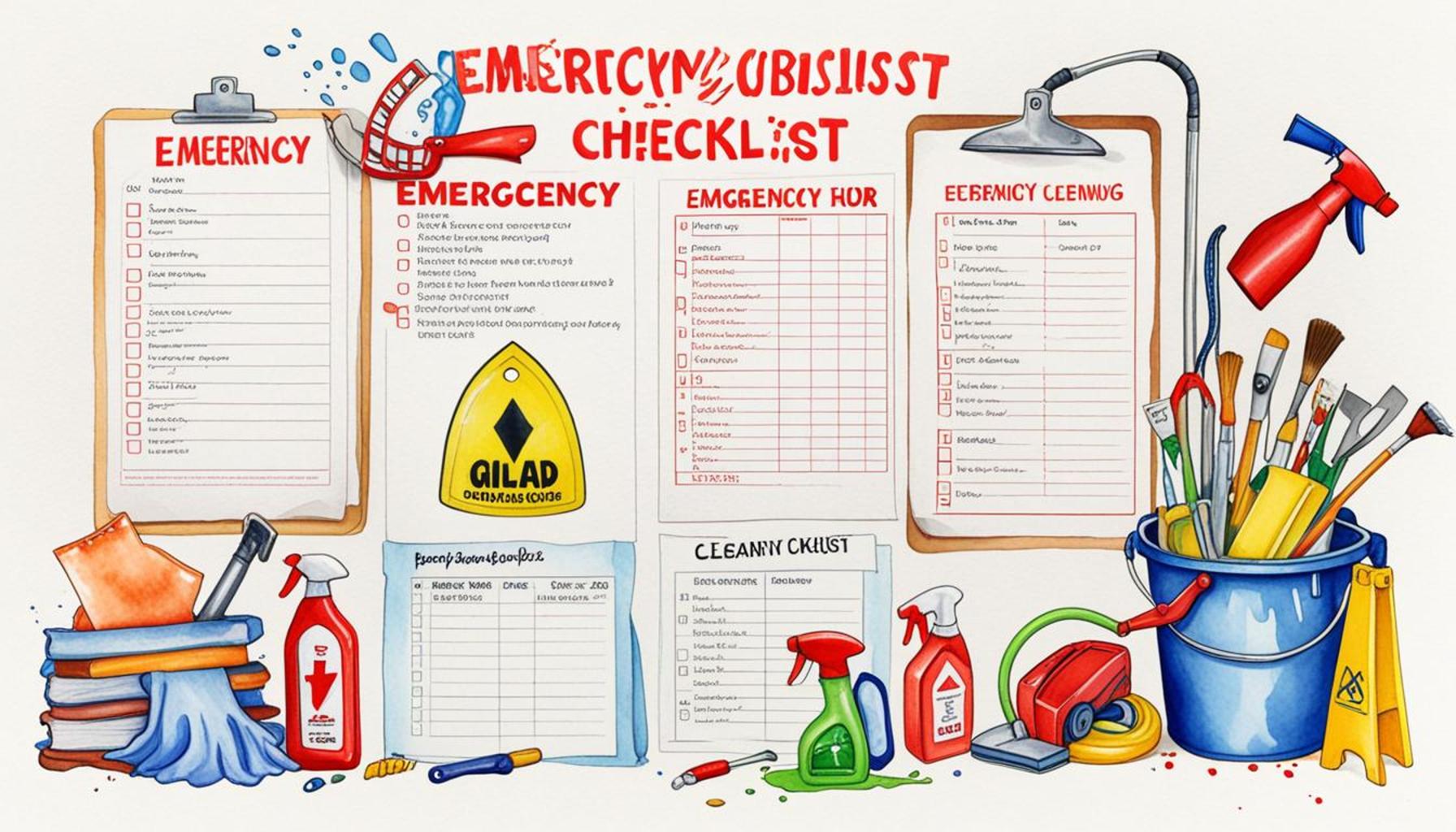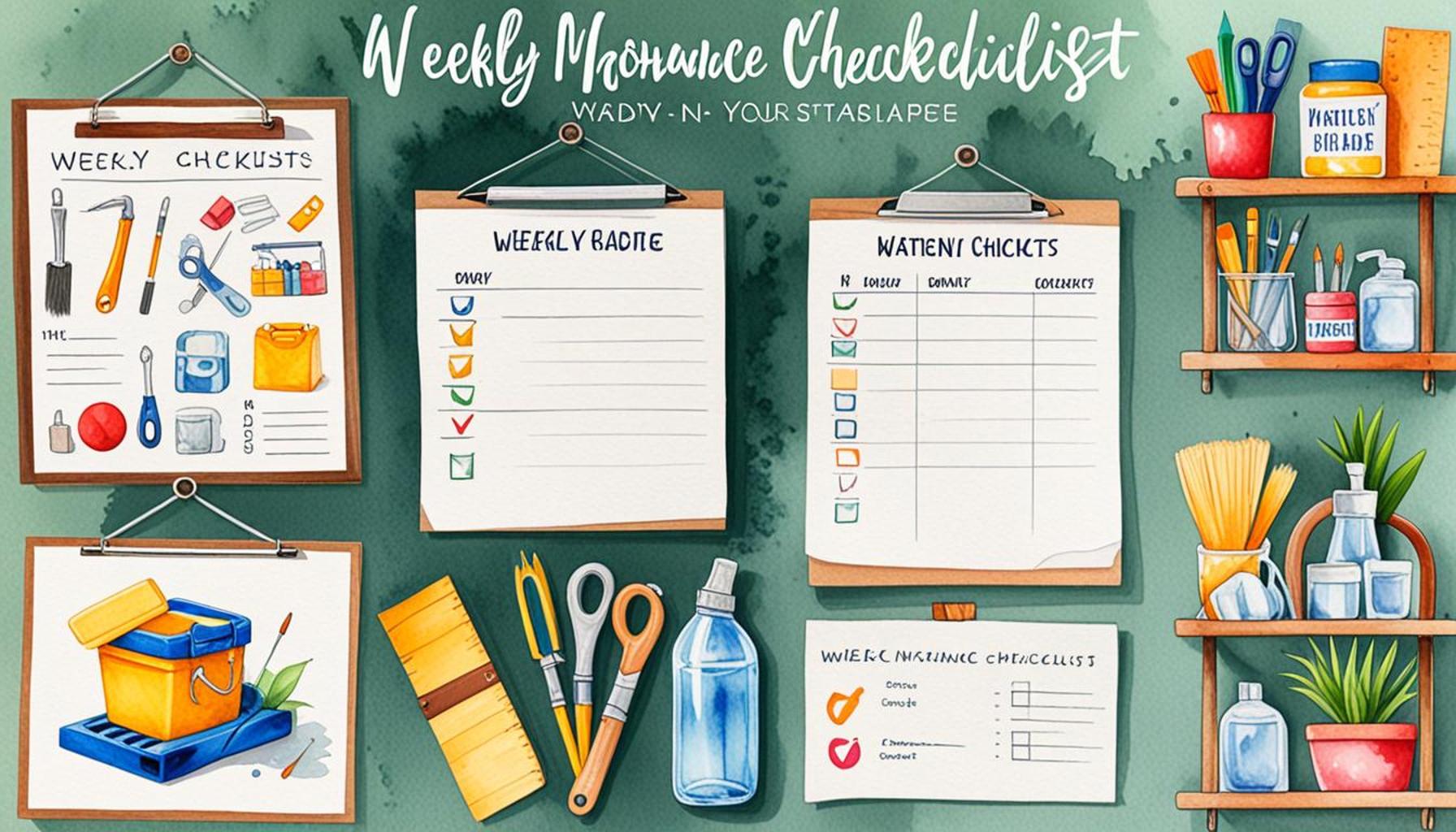The impact of visual checklists on motivation for cleaning and organization
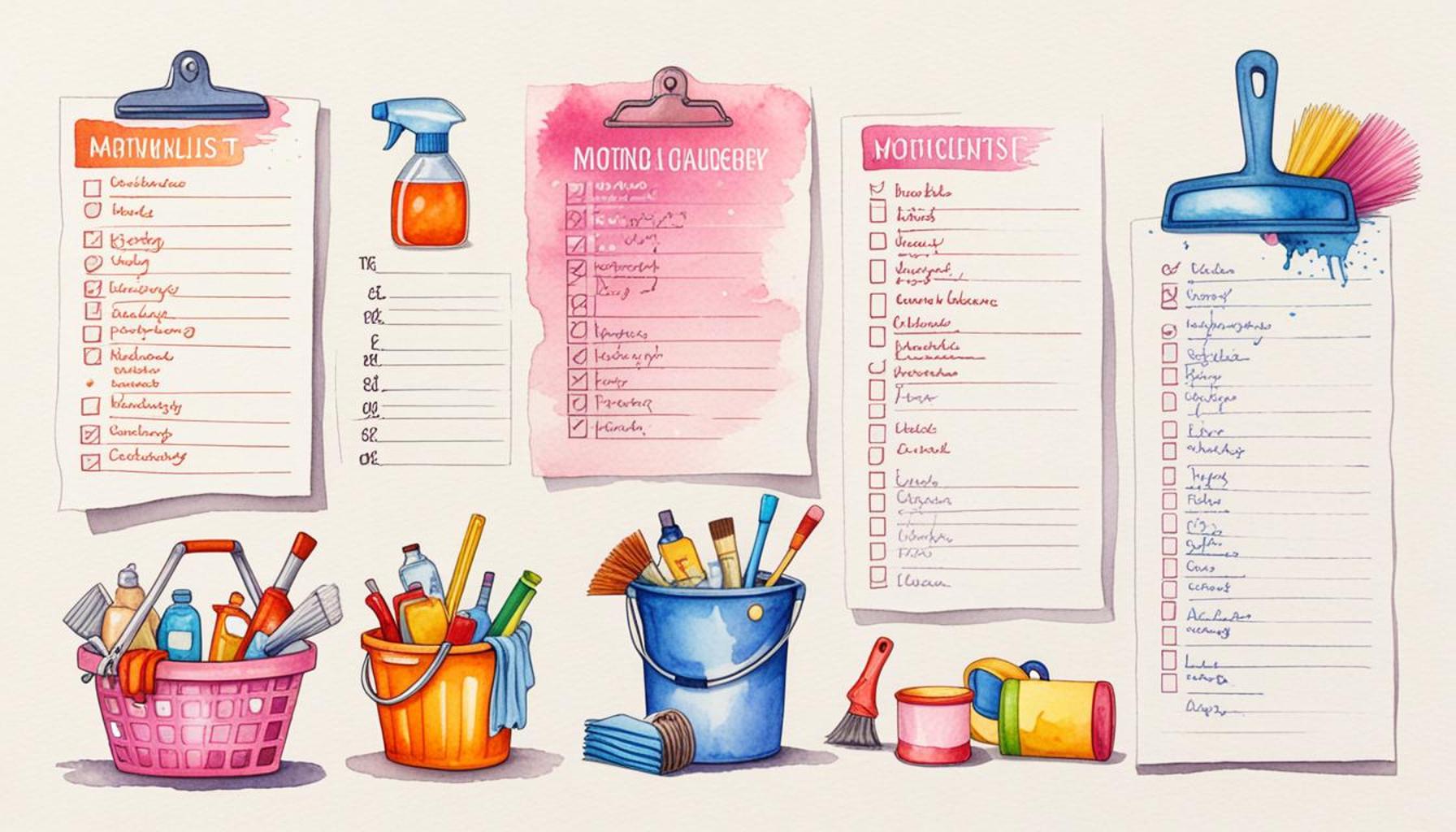
Understanding Visual Checklists
In today’s fast-paced world, staying organized can be a challenge. One simple tool that has gained popularity is the visual checklist. This approach not only aids in managing tasks but also significantly enhances motivation for cleaning and organization. With the rise of remote working environments and busy family schedules, the need for effective organization tools has never been more essential.
Why Visual Checklists Matter
Visual checklists leverage the power of imagery, making tasks feel more tangible and less daunting. They bring clarity to complex chores, allowing individuals to visualize each step in the process. This representation not only helps in planning but also leads to a more engaging experience. The benefits of utilizing visual checklists include:
- Increased accountability: Seeing tasks visually can boost commitment. When tasks are represented graphically, individuals are more likely to take ownership of their responsibilities, reinforcing their dedication.
- Improved focus: Clear visuals help eliminate distractions. By providing a straightforward framework, visual checklists allow users to concentrate on one task at a time, reducing the sense of overwhelm that often accompanies larger projects.
- Enhanced satisfaction: Checking off visually represented tasks provides a sense of achievement. The act of completing a task can be more gratifying when it is illustrated, as it creates a pathway toward visualizing progress.
Real-World Applications
The positive impacts of visual checklists span various settings across the United States, with many individuals and teams discovering their potential. Here are a few examples of how these tools are being applied:
- Families using checklists for chores to foster teamwork. Parents can create visual charts illustrating daily or weekly chores for children, gamifying the process and reinforcing a collaborative atmosphere.
- Teachers implementing visual aids to organize classroom tasks. Educators can develop checklists with images representing each subject or activity, which helps students, especially younger ones, understand their responsibilities and timelines more clearly.
- Businesses adopting checklists for workflow efficiency. Companies are finding that visual checklists streamline operations, from project management in tech firms to inventory control in retail. They help visualize tasks across departments, promoting enhanced communication and cooperation.
As more individuals and organizations discover the effectiveness of visual checklists, the potential to transform cleaning and organization routines becomes evident. Whether it’s decluttering a home or managing a busy classroom, these tools encourage a more structured and motivated approach to achieving order. By integrating visual checklists into daily routines, users not only enhance their productivity but also cultivate a sense of accomplishment that fuels further engagement. Explore how incorporating this tool can lead to lasting improvements in both personal and professional realms, paving the way for a more organized and efficient future.
DISCOVER MORE: Click here to find out how to create a cleaning schedule that fits your needs
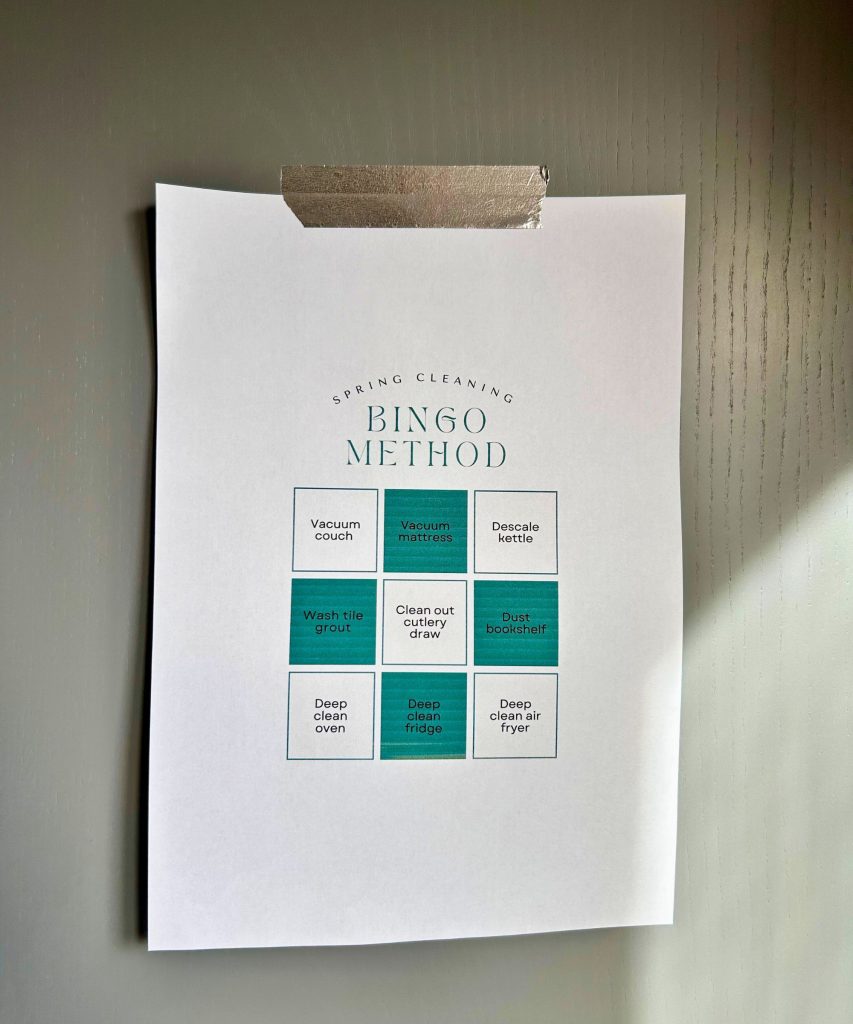
The Psychological Influence of Visual Checklists
Visual checklists not only streamline tasks but also tap into the psychology of motivation. Understanding the intersection between visual stimuli and behavioral response reveals why people find enhanced meaning in their cleaning and organization routines when these checklists are implemented. Research indicates that visual learning can significantly boost memory retention and understanding, meaning that individuals who rely on visual checklists often exhibit higher completion rates of tasks.
Cognitive Benefits of Visual Checklists
Utilizing visual checklists can also have profound cognitive benefits that translate into increased motivation for the cleaning and organizing process. The way information is presented can drastically alter perception and engagement levels. Here are some psychological aspects tied to the use of visual checklists:
- Visual Learning Style: Many individuals are visual learners, meaning they grasp concepts more effectively through images rather than text. Visual checklists cater to this preference, facilitating a more seamless approach to organization.
- Reduction of Cognitive Load: By breaking down complex tasks into simple, visual representations, individuals face less cognitive strain. This allows for greater focus and, ultimately, increased motivation to follow through with cleaning or organizing.
- Positive Reinforcement: Each time a task is checked off, it offers an instant reward—an important psychological motivator. This dopamine response reinforces the behavior, making individuals more likely to engage again.
The emotional aspect associated with completing tasks cannot be underestimated either. When individuals check off items from a visual checklist, they not only see their progress but also feel an emotional lift, realizing they are moving toward a more organized environment. This tangible form of progress can be a great incentive to continue with their cleaning and organizational efforts. Studies suggest that the act of checking off tasks activates the brain’s reward system, enhancing feelings of satisfaction and accomplishment, which fuels further motivation.
Visual Checklists in Everyday Life
In practice, visual checklists have made their mark across various domains of daily life. From busy households to educational settings, the application of this tool fosters engagement. Consider the following examples from real-world scenarios:
- Home organization: Families are utilizing visual checklists to break down spring cleaning tasks, creating designated days for decluttering, dusting, and organizing. Illustrating each phase not only aids planning but encourages family participation, turning chores into a collaborative effort.
- Classroom environments: Many teachers are deploying visual checklists to outline daily or weekly assignments for students. The incorporation of images alongside tasks not only clarifies expectations but also instills a sense of responsibility in younger learners, fostering an environment conducive to focus.
- Workplace efficiency: Organizations are increasingly utilizing visual checklists for project management, creating a graphic representation of tasks that need to be completed. This practice not only enhances team accountability but also allows for a clearer understanding of workflow, drastically improving motivation to meet deadlines.
The insights surrounding visual checklists underline their significance in mapping out tasks while simultaneously motivating individuals. As this trend continues to burgeon, the incorporation of visual checklists in everyday life will likely shape the way people approach cleanliness and organization, making mundane tasks feel more attainable and even enjoyable.
| Advantage | Description |
|---|---|
| Enhanced Accountability | Visual checklists foster a sense of ownership over tasks, encouraging individuals to assume responsibility for their environment. |
| Increased Satisfaction | Completing tasks marked on a visual checklist provides a dopamine boost, enhancing overall satisfaction and motivation for maintaining cleanliness. |
The power of visual checklists in motivating individuals to clean and organize cannot be underestimated. Leveraging visual aids taps into the human need for accomplishment and clarity. By enhancing accountability, individuals become more adept at managing daily tasks, ensuring that their living spaces are maintained to a higher standard. Moreover, the sense of satisfaction gained from ticked-off tasks boosts morale, encouraging a continuous cycle of cleanliness and organization. Implementing visual checklists, whether in physical form or via applications, creates a tangible and visually stimulating method for individuals, driving persistent motivation. As research highlights the psychological impacts of visual cues, incorporating these tools can transform mundane chores into fulfilling experiences that imbue a sense of pride in one’s surroundings. Exploring variations, such as colorful charts or digital tracking, may further ignite interest and routine in the cleaning process. Fall into the dynamic realm of visual checklists—where motivation meets organization.
DISCOVER MORE: Click here to optimize your cleaning routine
Maximizing Productivity Through Visual Checklists
Visual checklists have emerged as powerful tools that not only facilitate cleaning and organization but also serve as catalysts for enhancing productivity. The element of visibility plays a crucial role in igniting motivation, as individuals are more likely to engage with tasks when the steps are clearly laid out in an easy-to-follow format. This layer of simplicity fosters a greater sense of accomplishment, which can be exceedingly influential in maintaining momentum during cleaning or organization projects.
Motivation through Visualization
The impact of visual checklists on motivation is further amplified by the principle of goal-setting theory. This psychological framework posits that specific and challenging goals lead to better performance and motivation. When individuals use visual checklists, they create a system that defines clear goals within their cleaning routines. Such concrete representations not only provide a roadmap but also establish small victories along the way, as each completed task stimulates a sense of achievement.
Visual checklists can also drive engagement through the use of color-coding and imagery that resonate with individuals on a personal level. For instance, a parent might design a colorful checklist for their child that employs fun visuals related to their interests, such as cartoon characters or favorite colors. This personalization serves to heighten interest, demonstrating that motivating cleaning routines can appeal to all ages and foster family collaboration, especially in shared living spaces.
The Role of Technology in Enhancing Visual Checklists
In an age dominated by technology, the integration of visual checklists within digital platforms has revolutionized how individuals approach cleaning and organization. Various apps now allow users to create customized checklists with visual features, ranging from icons to photographs. These digital solutions simplify accessibility and track progress over time, ensuring that motivation is not only high from the onset but is sustained throughout the process.
Moreover, technology offers additional encouragement through notifications and reminders. For example, automation in the form of timed alerts can prompt users to engage in cleaning tasks at regular intervals, helping to maintain a consistent routine. This aligns with the principle of habit formation—creating an environment in which visual reminders are seamlessly integrated into daily life can lead to lasting behavioral changes.
Peer Accountability and Community Support
Visual checklists also nurture a communal aspect of motivation, particularly when shared within groups, such as families or coworkers. When individuals display their checklists in communal spaces, they cultivate a culture of accountability. This peer support creates an environment of encouragement where group members can motivate each other, amplifying enthusiasm for completing tasks. Social media platforms have further extended these dynamics, with users sharing success stories, tips, and visually appealing checklists to inspire others. The growing trend of ‘cleaning challenges’ across communities exemplifies this movement, uniting individuals in their quest to attain tidier living spaces.
Additionally, studies show that sharing progress on tasks within a community, augmented by visual checklists, enhances determination. The simple act of displaying one’s checklist not only establishes visible commitments but also strengthens the likelihood of task fulfillment, as individuals become more motivated to meet expectations within their social circles.
The versatile applications of visual checklists demonstrate their profound impact on motivating individuals within various aspects of cleaning and organization. By intertwining psychological principles, technological advancements, and community engagement, visual checklists undoubtedly play a critical role in reshaping how individuals perceive and approach their cleaning responsibilities.
DISCOVER MORE: Click here for effective cleaning tips
Conclusion: Elevating Cleaning and Organization through Visual Checklists
In summary, visual checklists have proven to be transformative tools for enhancing motivation in cleaning and organization. By providing a clear and structured approach to task management, they tap into fundamental psychological principles such as goal-setting theory and the power of visualization. This enables individuals to establish achievable goals, track progress, and celebrate small victories, ultimately fostering a more productive and satisfying cleaning experience.
The integration of technology has further enriched the utility of visual checklists, offering customizable features that resonate with users on a personal level. With apps that allow for tailored reminders and progress tracking, cleaning and organization can transition from daunting tasks to manageable activities imbued with purpose and fun. Moreover, the communal aspect of sharing checklists among families, friends, or coworkers cultivates a supportive environment that amplifies collective motivation and accountability.
As we move forward in a fast-paced world, recognizing the importance of these tools can lead to profound changes in our everyday routines. By adopting visual checklists, individuals can equip themselves with a powerful strategy to transform not only their spaces but also their mindsets towards cleaning and organization. Whether you’re a busy parent seeking help with household tasks or a professional aiming to maximize workplace efficiency, embracing the potential of visual checklists could unlock new pathways to success and satisfaction. Exploring these tools may just be the key to a more organized and motivated life.
